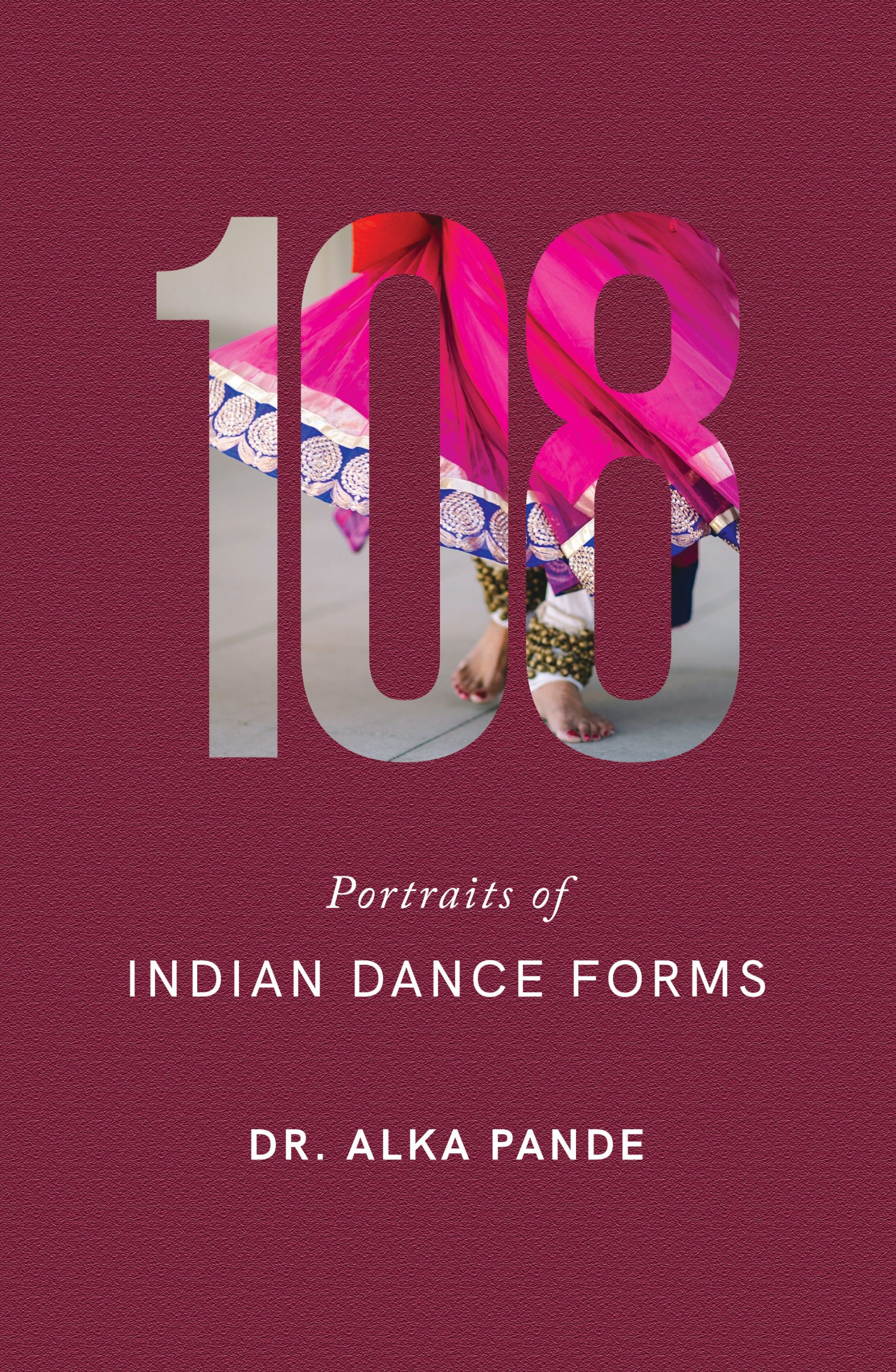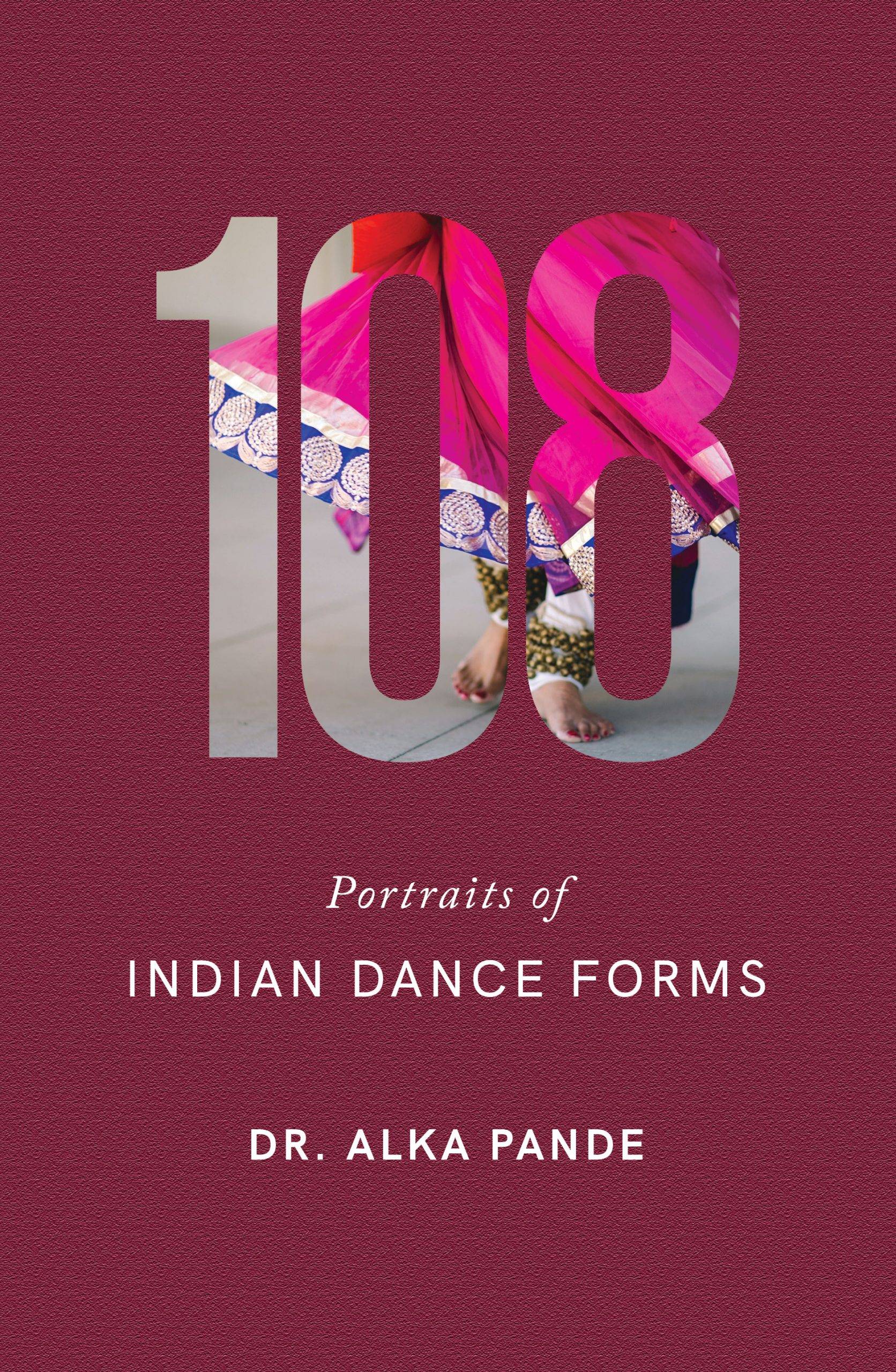Alka Pande, a famous expert in art history, has released a special set of 14 books called “108 Portraits of Indian Culture and Heritage.” These books shine a light on various aspects of Indian heritage, such as art, architecture, crafts, and objects.

These books are like a treasure trove of knowledge, taking readers on a journey through the rich history of Indian visual culture. They not only provide information but also share personal stories, making the experience more immersive.
The number 108 holds great significance in Indian culture, originating from ancient Indian philosophy. Alka Pande explains that it serves as a common thread connecting all the books, allowing images and histories to interact with each other.
Alka Pande’s extensive work is a result of her 30 years of teaching experience at various institutions. She realized that many students lacked knowledge about Indian aesthetics and philosophy. Thus, she embarked on this project to help bridge this gap and provide a comprehensive understanding of Indian art, both traditional and contemporary.
The books cover a wide range of disciplines under the umbrella of Indian art history. Alka’s background as an art historian and educator enabled her to present these subjects in a way that is accessible to a diverse audience, including fashion designers, photographers, and fine art students.
Each book offers a rich and immersive experience, designed to enrich the reader’s understanding of Indian culture and heritage. Alka emphasizes that the number 108 represents a sacred figure in Indian culture, and through these portraits, she aims to illustrate the history and narratives of each subject.
Among the volumes, Alka particularly cherishes the Book of Objects, which delves into the history of everyday objects used in Indian life. These objects reflect the cultural diversity and richness of Indian society.
However, creating such an extensive project was not without its challenges. Alka faced difficulties in obtaining images, especially those from the colonial period, due to permissions and costs.
Despite the challenges, Alka is already working on her next project focused on the theme of Kama. She believes that Indian art has a global impact and influence, citing examples of collaborations between Indian artists and international brands.
Alka also expresses optimism about the younger generation’s interest in art and culture. She believes that more young people are rediscovering their cultural heritage and incorporating traditional elements into contemporary practices.
To preserve India’s rich artistic heritage, Alka highlights the importance of initiatives by NGOs, foundations, and private institutions. She applauds the efforts of individuals and organizations working towards the preservation of art and culture.
Looking ahead, Alka mentions the upcoming opening of museums like BRIJ and KNMA in Delhi, which will further contribute to the preservation and promotion of Indian art and culture.
In conclusion, Alka Pande’s work not only celebrates India’s cultural heritage but also serves as a reminder of the importance of preserving and promoting our artistic traditions for future generations.

